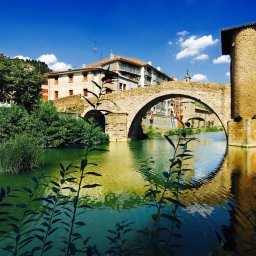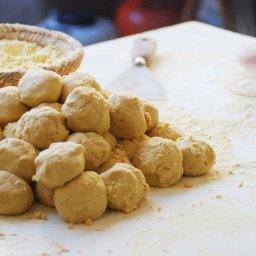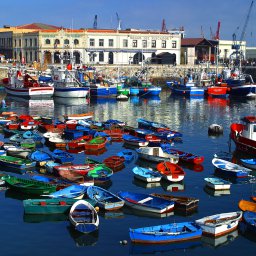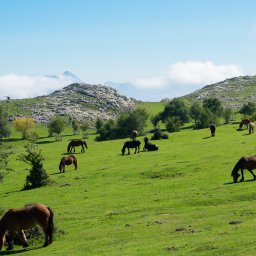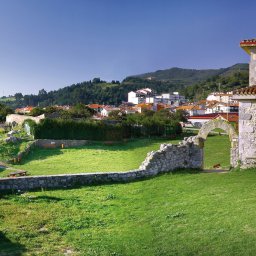Working with precious stones and metals was always a well-respected activity in the capital of Bizkaia. Nowadays, the prestigious tradition lives on through new professionals and old family businesses.
Goldsmiths and silversmiths have plied their trade in Bilbao ever since the city was founded just over seven centuries ago. Before the High Renaissance, the work of local craftsmen was influenced by the Moorish and Jewish traditions, and by Flemish and English artisans through the constant contact with these countries via the port and local consulates. In fact, the port didn’t only serve as an access point for goods, many craft workers arrived in the city via the same route. The local artisans were further influenced by Castilian gold and silversmiths as a major commercial wool and grain route from Castile passed through the city.
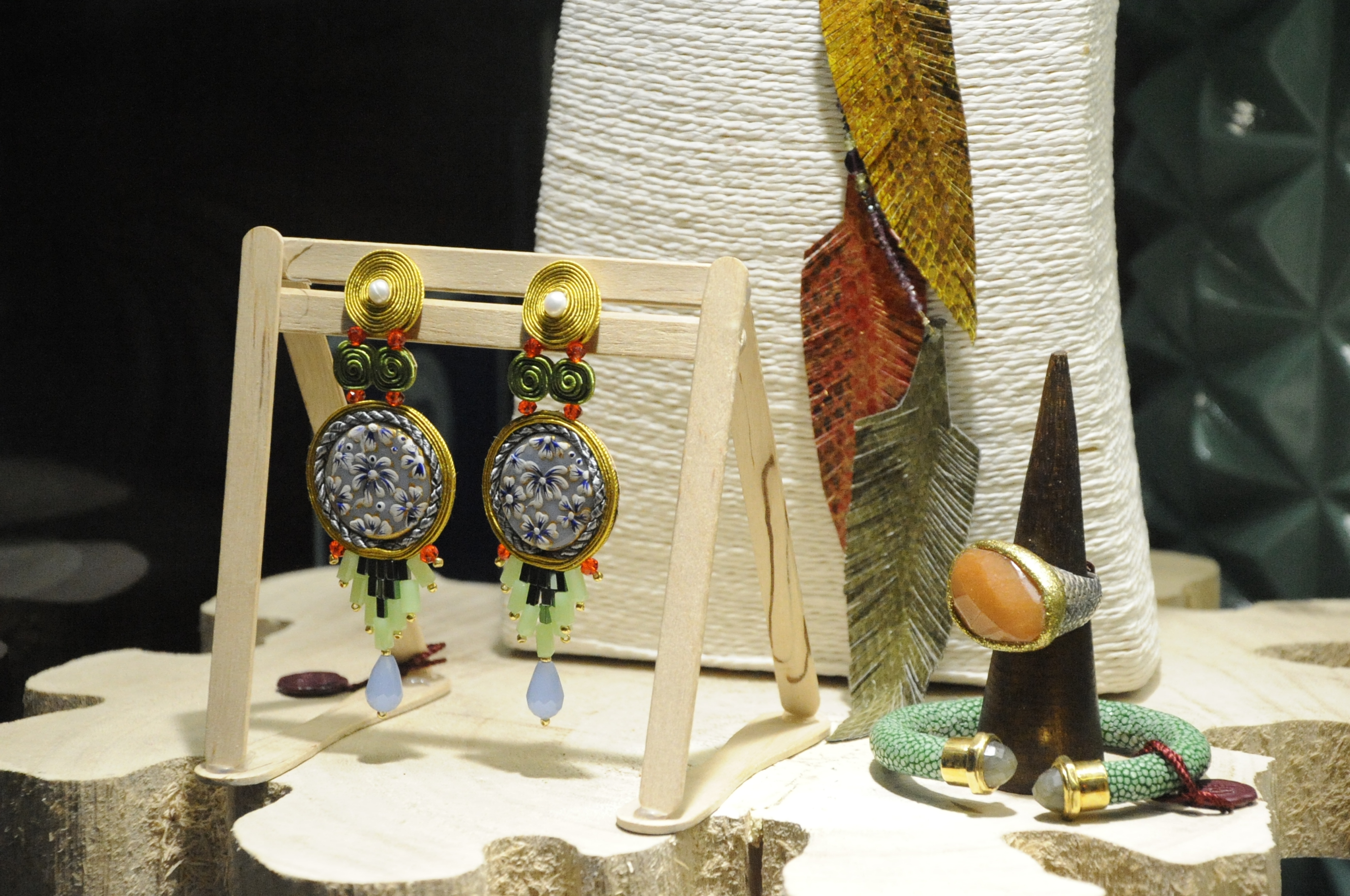
There are records dating back to the 16th century, in which a silversmith called Pedro Sáez de Larrea, who lived on Artekale and had a career making religious jewellery, is mentioned. The vast amount of silver imported from the Potosí silver mines in South America from the 17th century to the end of the 19th century led many artisans to turn to transforming the precious metal for a living. But it wasn’t only silver that was being sent back from South America. There were many Bizkaians who had made vast fortunes in the Spanish empire and sent home religious and other jewellery. All these influences resulted a fusion of styles and techniques which flourished among the local artisans.
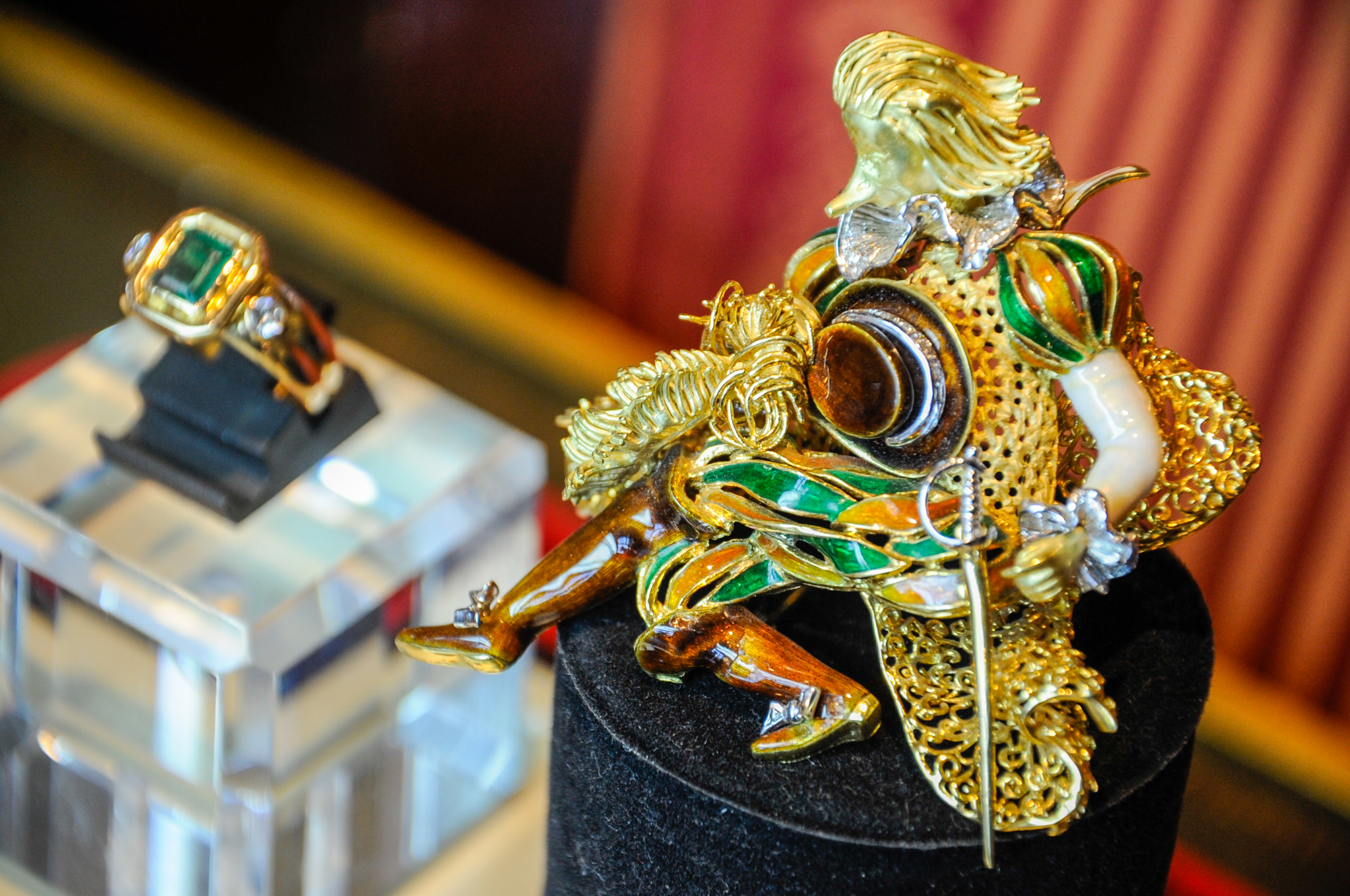
Between the 1770s and 1870s, 60 artisans, goldsmiths and silversmiths were listed on the Bilbao census, signalling the importance of the sector in the city which was founded by Diego López de Haro. And this is despite the fact that the pillaging and requisitioning that took place during the Carlist wars, the War of the Convention and the Penisular War which coincided with this period severely diminished the stock of raw materials. Several jewellery dynasties such as the Goicochea, Lecéa and Acha families date back to this period.

Durrio
Francisco Durrio emerged as an artist at the end of the 19th century. A Valladolid native by birth, he moved to Bilbao as a child, studied at the Atxuri School of Arts and Trades, and apprenticed under Antonio Lecuona before completing his education at the San Fernando Academy of Fine Arts. He then moved to Paris where he developed a friendship with Gauguin and Picasso and was introduced to Alphonse Mucha and René Lalique, with whom he exhibited his work in precious metals. Modernist in style, he worked mostly in silver though sometimes gold but he never used any precious stones. His work features oriental motifs, intermingling faces, hands joined to form ovals, etc. Some of Durrio’s work can be seen at the Fine Arts Museum, Bilbao, and the Reina Sofia Museum, Madrid. Sculptor, painter and potter, the influence of his symbolism on later jewellery is unquestionable.
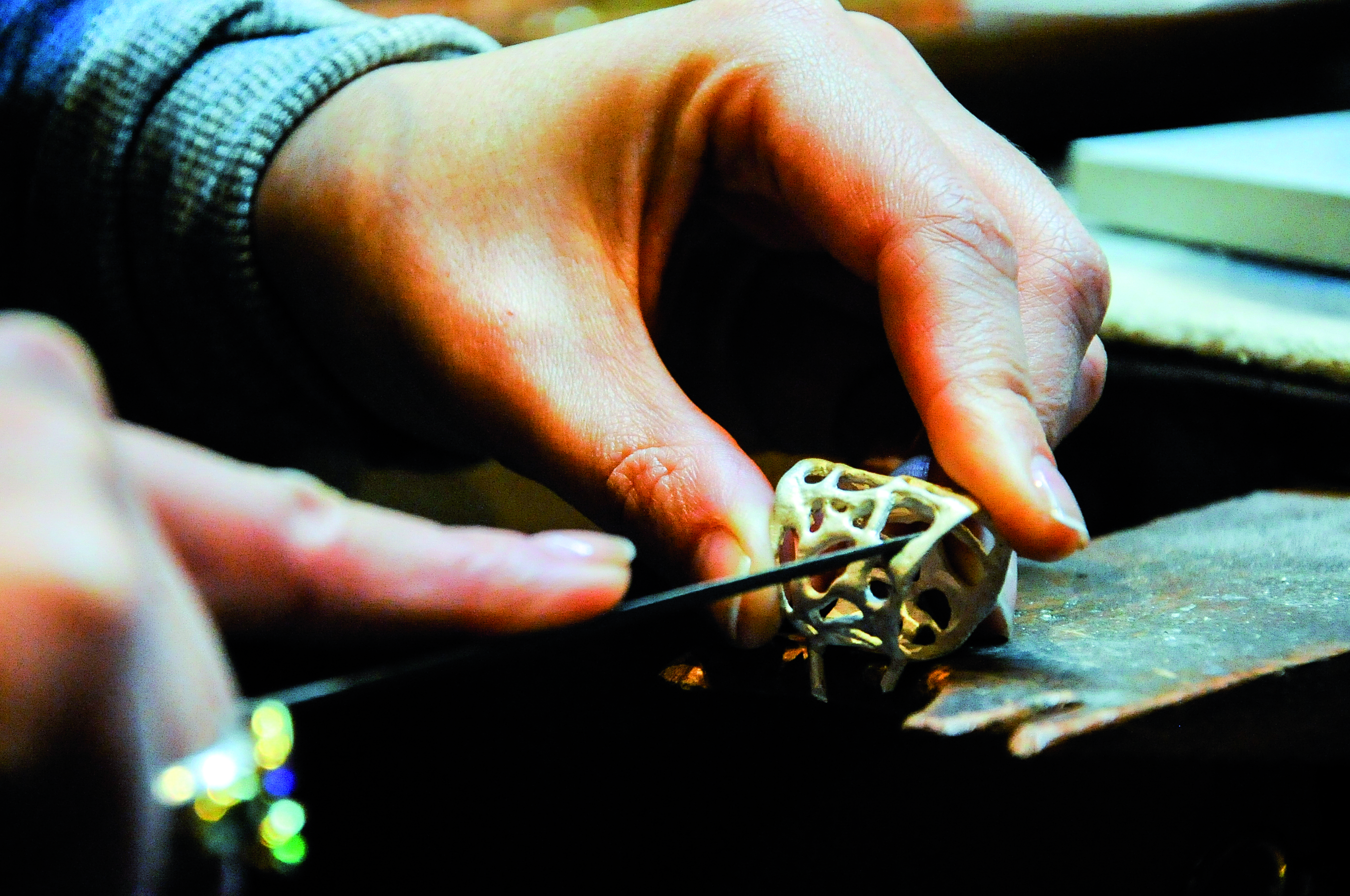
Another major influence from the late nineteenth and early twentieth century was that of debonair Bilbao native, Pacho Gaminde, who oversaw a decoration store called ‘Au Monde Elegant’ in the old quarter of Bilbao. Gaminde imported the latest fashions, including watches and jewellery, from Paris. ‘Au Monde Elegant’ was a window to the cosmopolitan world of Paris for the well-heeled people of Bilbao and who catered to them.
The industrial, commercial and financial prosperity of Bilbao in the twentieth century is reflected in several successful families of watchmakers and jewellers who run businesses in Bilbao and other major cities in Spain today.


